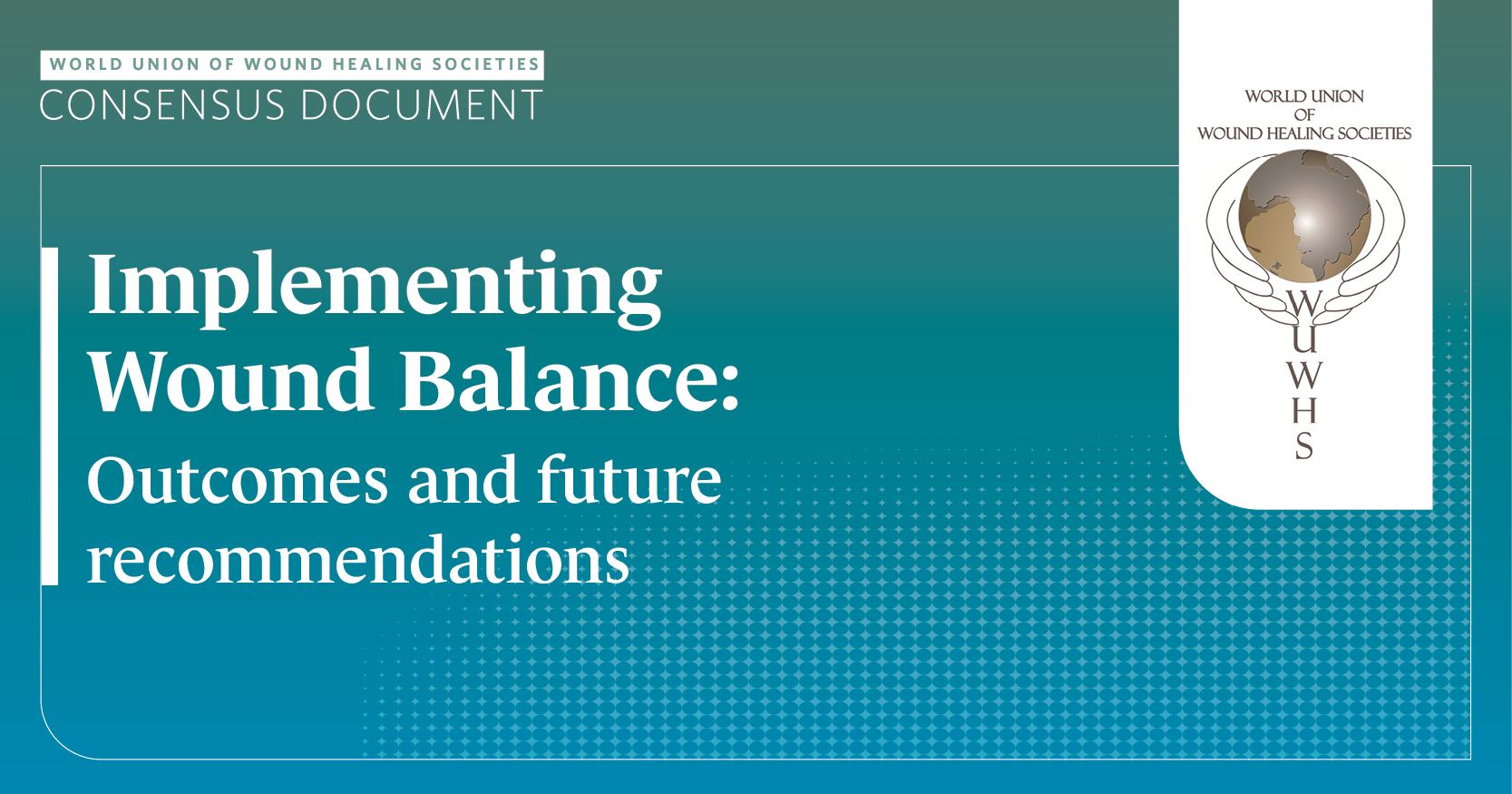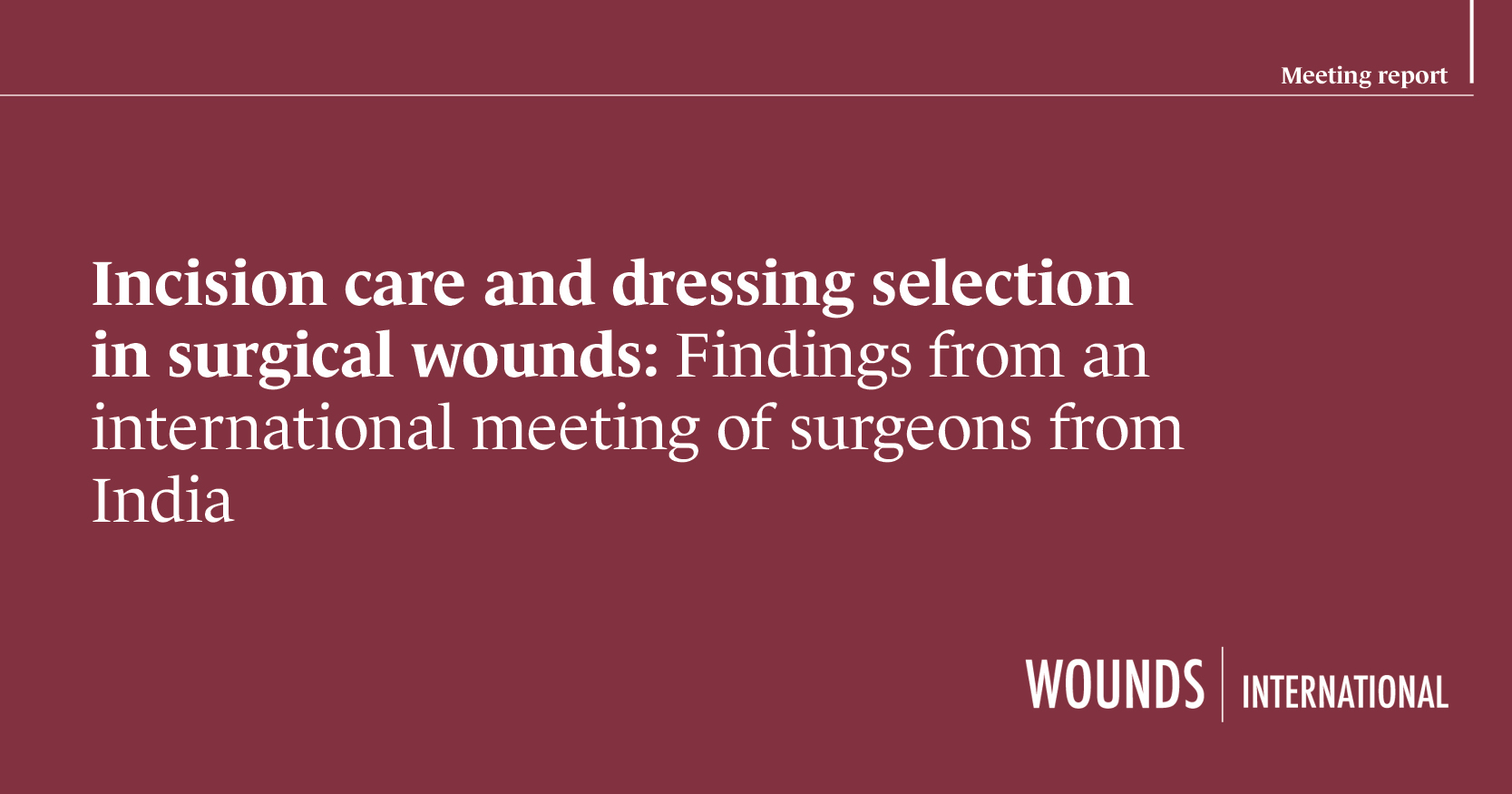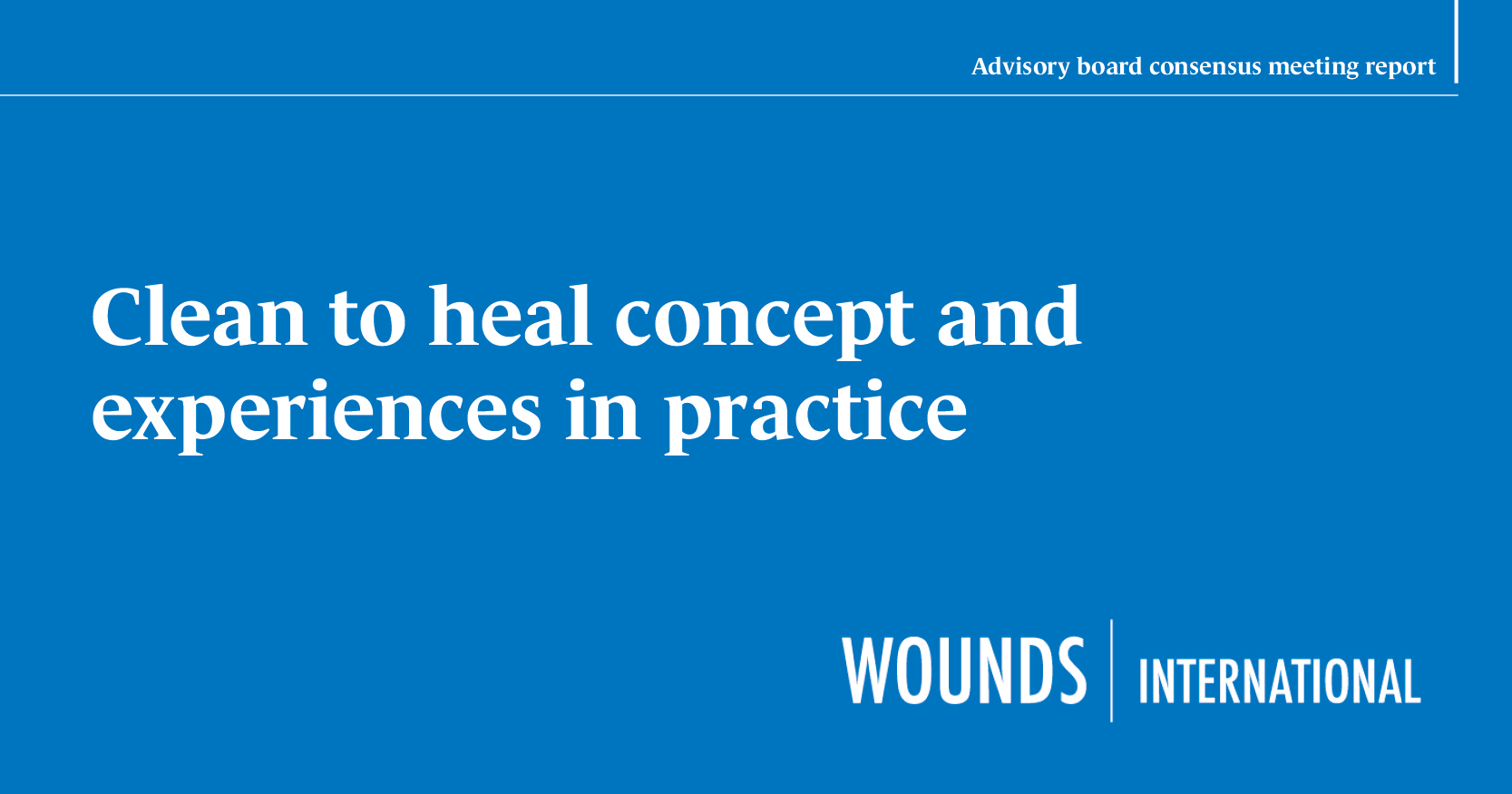<p>Despite changes in surgical techniques, radiotherapy targeting and the apparent earlier detection of cancers, secondary lymphoedema is still a significant problem for about 20–30% of those who receive treatment for cancer, although the incidence and prevalence does seem to be falling. The figures above generally relate to detection of an enlarged limb or other area, but it seems that about 60% of all patients also suffer other problems with how the limb feels, what can or cannot be done with it and a range of social or psychological issues. Often these ‘subjective’ changes occur before the objective ones, such as a change in arm volume or circumference.</p>






